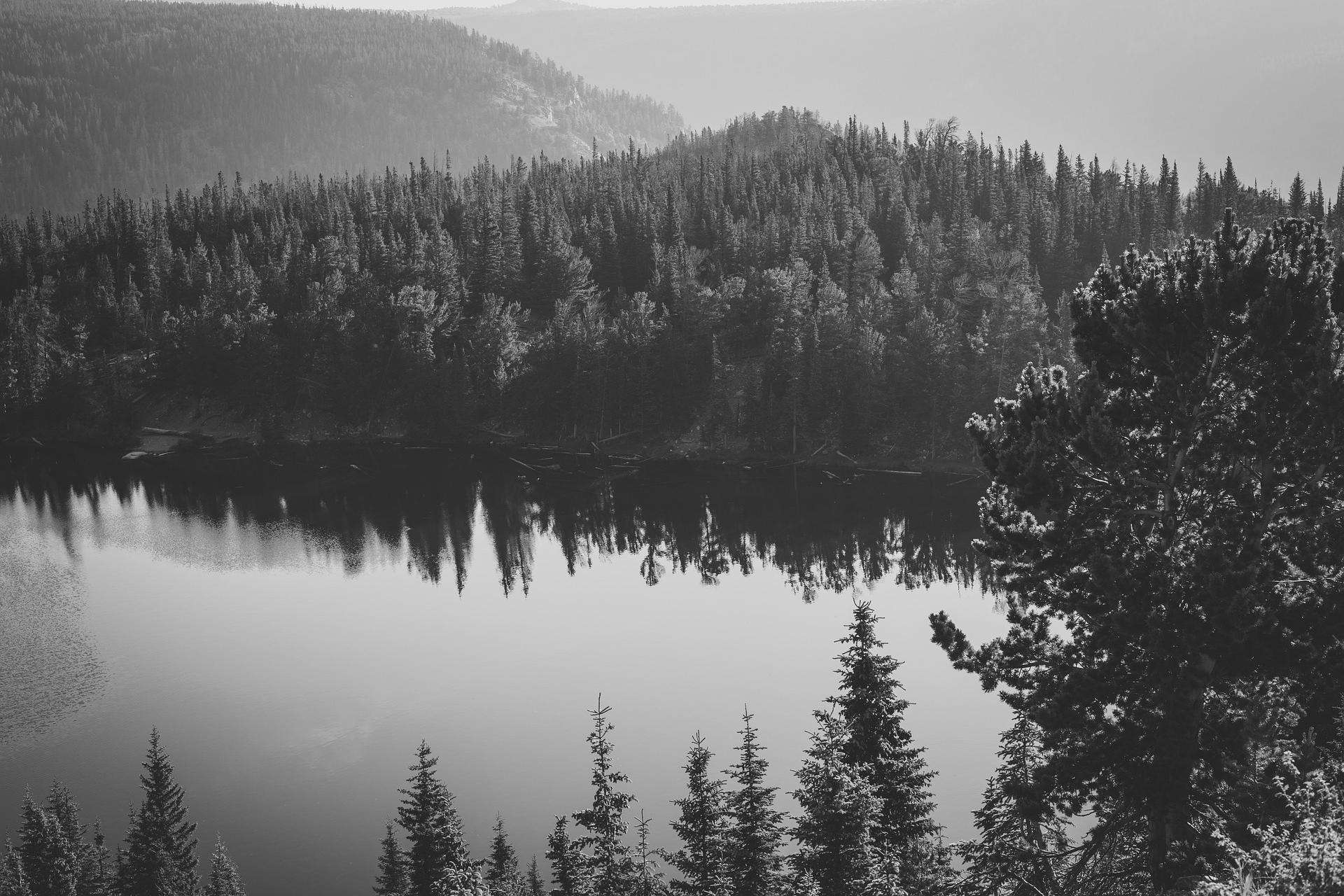A Trip To Tohono O’odham and Pueblo Country, 1942
In the spring of 1942, as the Great Depression wreaked havoc and the United States broadened its involvement in the Second World War, D’Arcy McNickle worked as an administrative assistant in the Office of Indian Affairs (OIA), the federal agency charged with fulfilling the federal government’s trust obligations to American Indian nations. Under the direction of Commissioner John Collier, the OIA (now called the Bureau of Indian Affairs) spearheaded the Indian New Deal, a companion to Franklin Delano Roosevelt’s New Deal. Guided in large measure by the Indian Reorganization Act of 1934, the goal was to replace the devastating policy of allotment and assimilation with one dedicated to self-government, reservation-based economic development, and cultural diversity. In April, Collier arranged for McNickle to visit the Southwest to gauge his interest in becoming assistant superintendent of the Papago (or Sells) Agency located in Sells, Arizona and to attend a training seminar for the OIA’s expansive Indian Personality, Education, and Administration Research Project.
The Undergraduate Research Consultant Team has endeavored to create two digital representations to demonstrate that McNickle’s diary entries are about much more than a trip. We base this assertion on the notion that it is one thing to know what McNickle “did” (i.e., events) and quite another to imagine what he “experienced” (i.e., what he saw, heard, and felt and who he interacted with). Accordingly, each event represents an entry in D’Arcy McNickle’s diary from April 26 to June 2, 1942. We then identified an image or images to epitomize something we would like you to see in and beyond each event. Our descriptions begin with a short narrative. We then reflect on the thinking behind the visual representations and on other key insights we gain to show how the diary provides an expansive view of McNickle’s experiential world (and more).
We are pleased to announce the completion of the first of the two visual representations. The first, created in ClioVis, offers a visualization that is particularly adept at conveying McNickle’s experience chronologically or “over time.” You can check it out by clicking on this link. For the best viewing experience, we recommend clicking on the “Simplified Form View,” which is the middle icon in the bottom right-hand corner of the timeline.
The second visual representation of the same extended excerpt from McNickle’s diary is being created in Google Earth, which offers a visualization that we find effective in conveying his experiential world cartographically or “across space.” You can access the Google Earth representation by clicking here.
Be sure to compare the ClioVis timeline with the same entries as depicted in Google Earth . In light of our project’s underlying concern with what scholar Mishauna Goeman calls “the unsettling of imperial and colonial geographies” (Mark My Words, 3), the Google Earth visualization becomes all the more important. In both cases, however, we hope that you come away with a clear sense that these entries are about far more than a trip.
